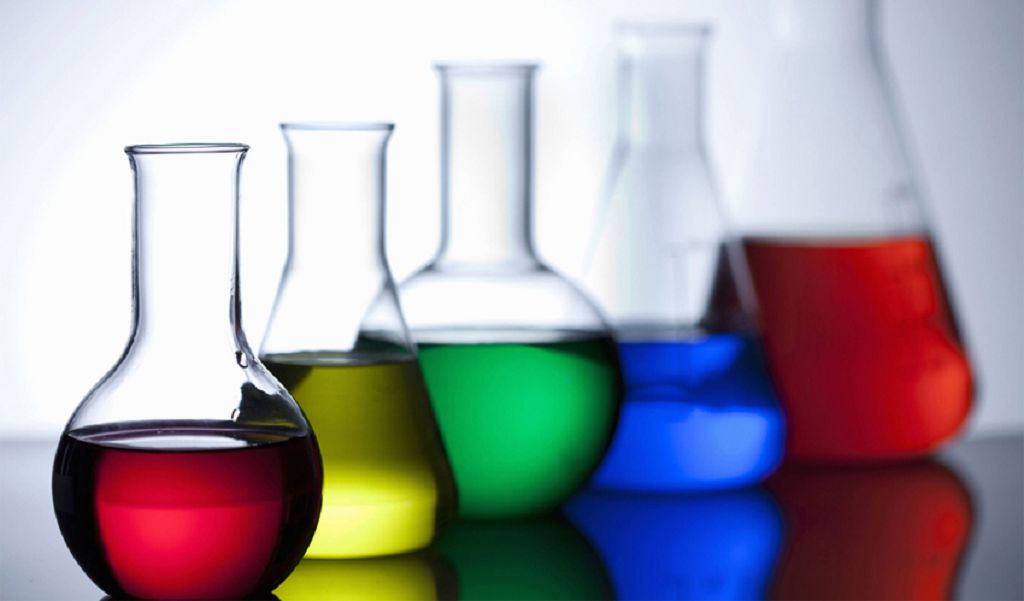
PIPING SYSTEMS
A piping system is generally considered to include the complete interconnection of pipes, including in-line components such as pipe fittings and flanges. Pumps, heat exchanges, valves and tanks are also considered part of piping system. Piping systems are the arteries of our industrial processes and the contribution of piping systems are essential in an industrialized society.
- Pipe
- Valve
- Fitting
- Flange
- Actuator
- Strainer
- Gasket
- Steam traps
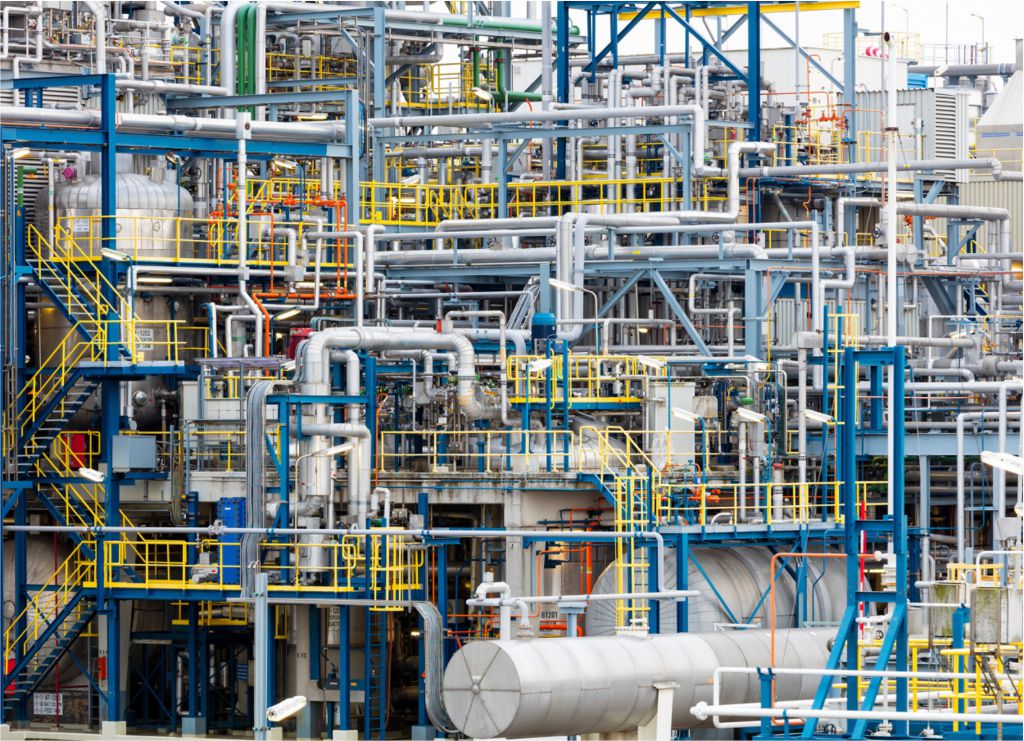


MECHANICAL & ELECTRICAL SUPPORT SYSTEM
A machine is a mechanical structure that uses power to apply forces and control movement to perform an intended action.
Electrical generator is a device that converts mechanical energy into electrical power for use in an external circuit.
- Pump
- Compressor
- Fans
- Generator
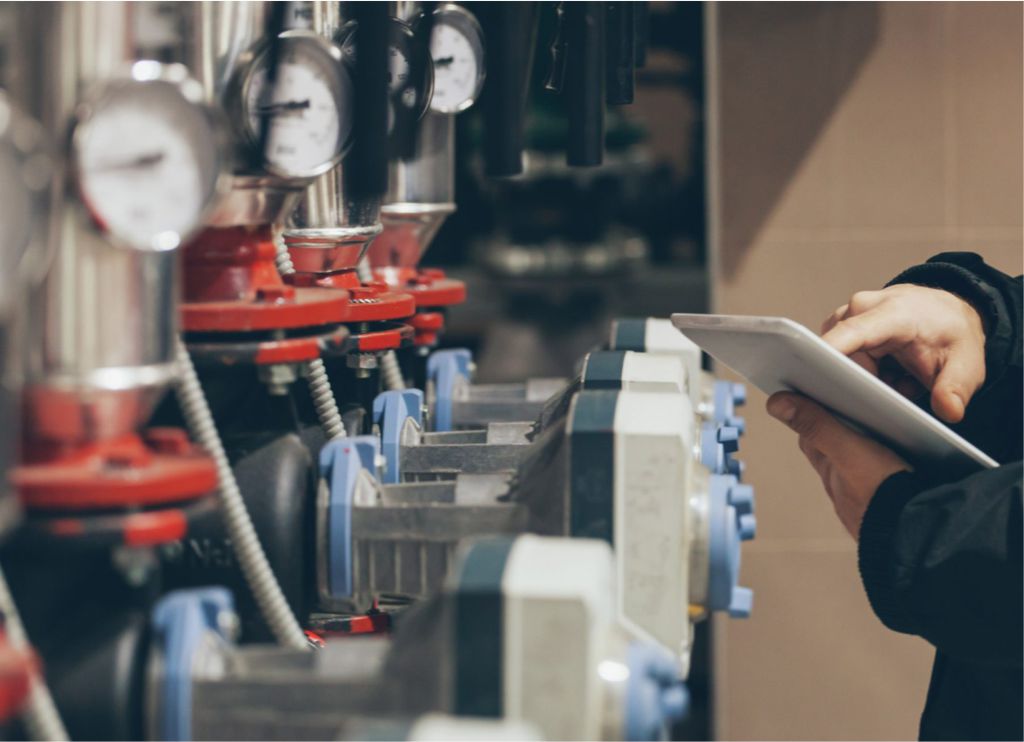


WELDING EQUIPMENT
Welding is a process that joins materials, usually metals or thermoplastics, by using high heat to melt the parts together, or melt filler material added to the joint.
- Guns & Torches
- Contact tips
- Wire & Rods
- Welding gauge
- Nozzles
- Diffusers
- Electrodes
- Welder & Cutter



LIFTING EQUIPMENT
A machine is a mechanical structure that uses power to apply forces and control movement to perform an intended action.
Electrical generator is a device that converts mechanical energy into electrical power for use in an external circuit.
- Scaffolds
- Harness
- Lanyard
- Eyebolts
- Hooks
- Clamps
- Lighting
- Rope
- Slings
- Load arrestors
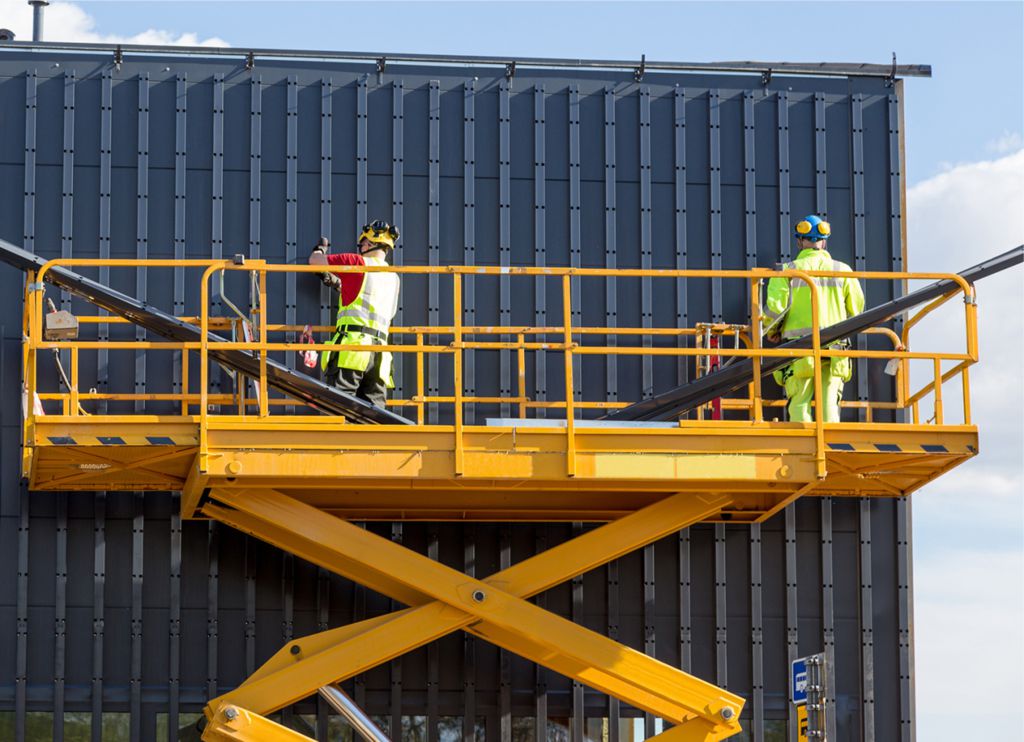


COATING & PROTECTION
A coating is a covering that is applied to the surface of an object, usually referred to as the substrate. Functional coatings may be applied to change the surface properties of the substrate, such as adhesion, wettability, corrosion resistance, or wear resistance.
- Lubricant
- Oil
- Paint



CABLE AND CABLE EQUIPMENT
A cable is a structure made of one or several conductors isolated from each other, or optical fibers, enclosed in a shell.
- Cable
- Cable trays



RAW MATERIAL
Raw materials are materials or substances used in the primary production or manufacturing of goods.
- Cement
- Sand
- Chemicals
- Wood
- Metals
- Concrete



HAND AND POWER TOOLS & DETECTION
Hand and Power tools are designed to withstand the toughest jobsite conditions and are engineered to deliver the best standard of excellence.
Detectors, is a device, module, machine, or subsystem whose purpose is to detect events or changes in its environment
- Wrenches
- Pliers
- Cutters
- Files
- Screwdrivers
- Clamps
- Saws
- Drills
- Striking tools
- Calipers
- Laser Measure
- Pressure gauge
- Detectors



P.P.E.
Personal protective equipment (PPE) is protective clothing, helmets, goggles, or other garments or equipment designed to protect the wearer’s body from injury or infection. The hazards addressed by protective equipment include physical, electrical, heat, chemicals, biohazards, and airborne particulate matter.
- Head Protection
- Eyes protection
- Hearing protection
- Body protection
- Hand Protection
- Feet protection
- Respiration protection



HVAC SYSTEMS
Heating, ventilation, and air conditioning (HVAC) is the technology of indoor and vehicular environmental comfort. Its goal is to provide thermal comfort and acceptable indoor air quality.
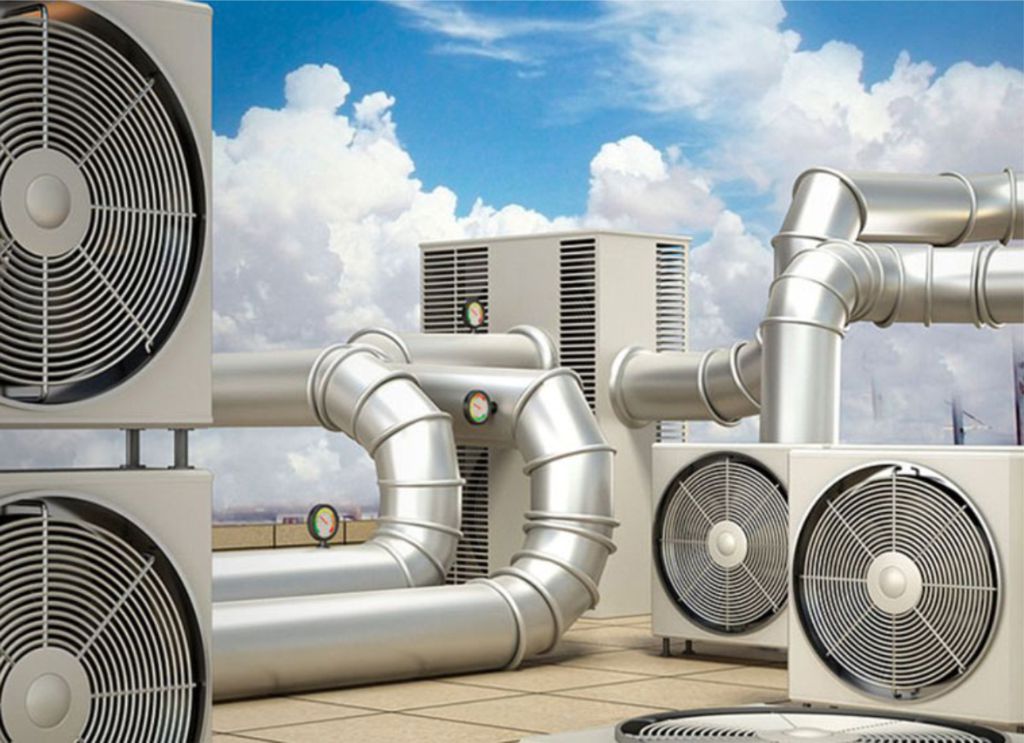


ANTIFREEZE
Application:
- Cars and trucks, special equipment.
- Heavily loaded diesel and gas piston engines.
- Mining dump trucks.
- Stationary motors of mini-power plants.
Advantages
- Effective corrosion protection – low silicate additive package that does not contain nitrites.
- Excellent protection against cavitation – for “wet” cylinder liners.
- No deposits and limescale – the additive package does not contain phosphates.
- Improved heat transfer – optimum engine temperature.
- Protection of the cooling system against freezing and boiling – the base component is ethylene glycol.
Product properties:
- Provides reliable protection of metals and alloys (brass, copper, alloy steel, cast iron, aluminum) from all forms of corrosion, and also prevents high-temperature corrosion of aluminum surfaces of modern engines;
- Protects against scale;
- Possesses excellent thermal conductivity and resistance to foaming;
- Neutral to gaskets and hoses, compatible with all types of rubber and plastic parts of the cooling system;
- It is a silicate fluid with outstanding performance properties. Does not contain nitrates, phosphates, amines (NAP free technology).
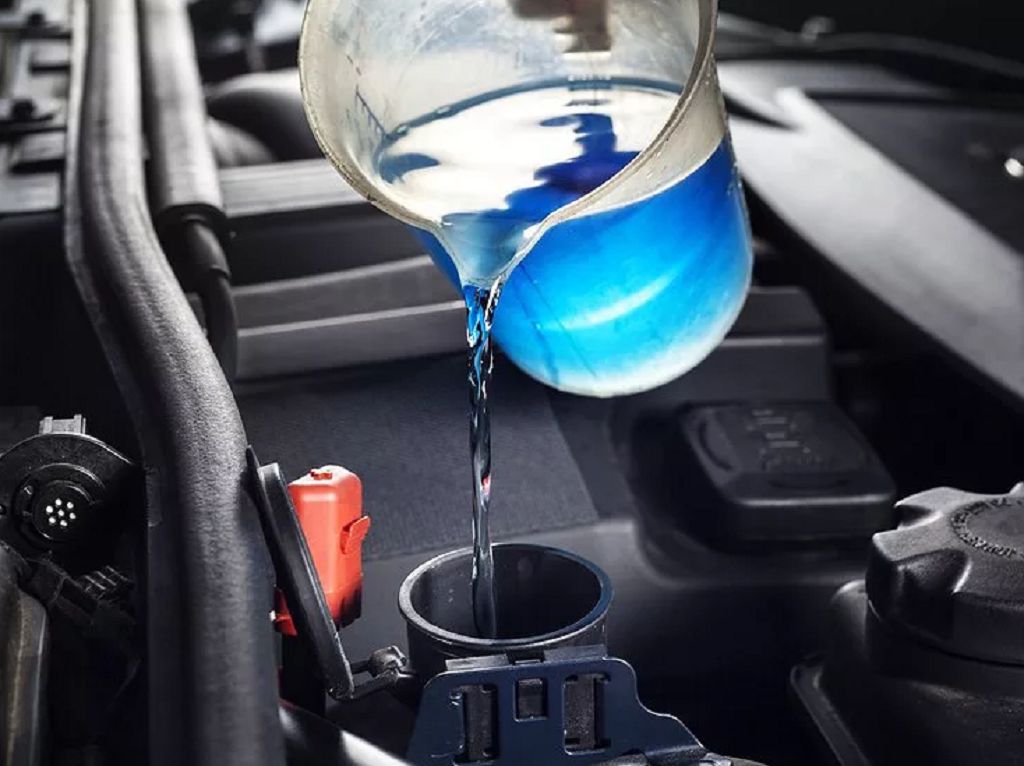


HEAT CARRIERS
Heat carriers (coolants for heat exchange systems) are working media that either remove excess heat in the process of heat exchange, or are used for heating in technologies of various industries, as well as for heating residential, office and industrial buildings and structures.
With the aim of increasing the efficiency of heat exchange equipment and improving the operation of heat exchange systems, new types of all-season low-freezing (compositions) heat carriers with long service life in heating systems have been developed.
At the present stage of development of industrial production, aqueous solutions of glycols (ethylene glycol, propylene glycol), containing additive packages that improve their performance characteristics, are most widely used as working media for heat exchange systems. Today these are the most efficient working fluids used in heat transfer processes.
On the basis of glycols, dozens of types of heat transfer fluids have been developed for use in various heat exchange systems. These are not only communal fluids, but also formulations for industrial heat exchangers. Such compositions provide good heat transfer and maintain high efficiency of the heat transfer process.
It is possible to use the formulations while maintaining optimal conditions for up to 5-7 years without their regeneration. After the expiration of the warranty period and quality control, you can restore or replace the composition and continue operation.
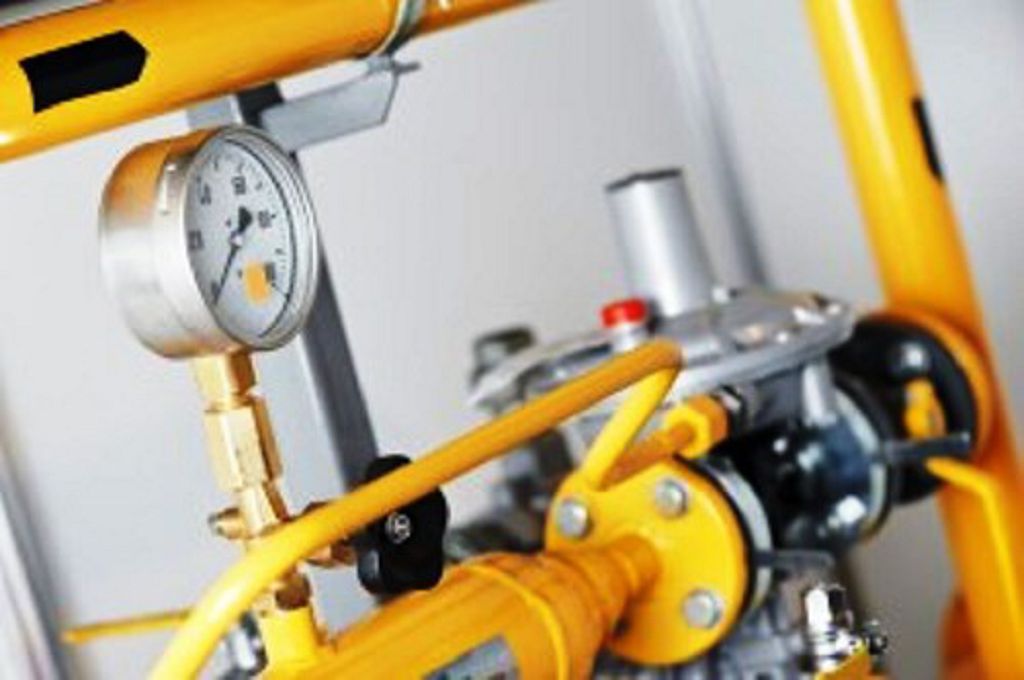


NON-FREEZING (WIPER)
A special solution designed to be poured into the washer. When the need arises, a small amount of fluid is thrown onto the windshield, allowing the wipers to perform better in adverse conditions.
Its use provides better cleaning of the window covering from dust and dirt. However, its main function is to prevent glass from freezing at sub-zero temperatures. The non-freezing agents contain special substances that, unlike water, do not freeze in the cold.
- The main component is ethylene glycol, propylene glycol or glycerin. This antifreeze liquid for a home heating system has a high viscosity index, which leads to the desired effect;
- Additives. It is thanks to them that the non-freezing liquid for water heating does not foam, and does not form a crystalline precipitate when the temperature rises.
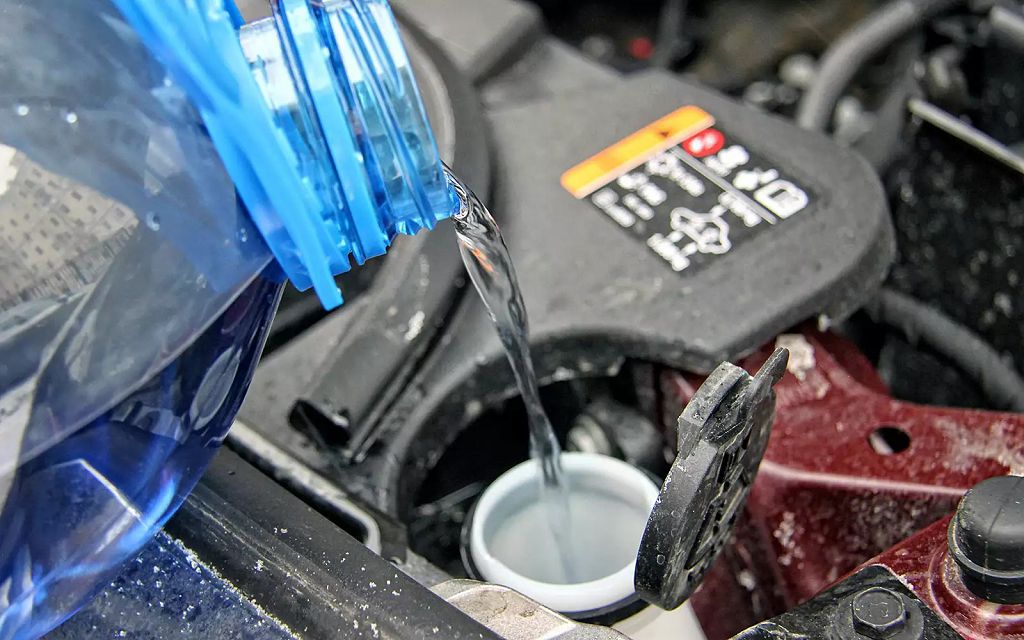


ADBLUE
AdBlue is increasingly becoming an important part of diesel cars, and this is due to the fact that in recent years, a policy of reducing emissions of exhaust gases has been implemented.
AdBlue is a liquid used by some selective catalytic reduction diesel engines to reduce nitrogen oxide (NOx) emissions. Just like the fuel used by these engines, AdBlue needs to be refueled, just not that often.



FACADE PAINTS FOR EQUIPMENT AND MILITARY
The classification of paints available on the market determines the specific cases of their use.
For outdoor work
The most resistant to external influences (direct rays of the sun, temperature drops, increased moisture concentration), are characterized by a complex component composition. A number of protective additives determine the toxicity of paints in this category and therefore cannot be used for indoor use.
For interior work
Environmentally friendly and completely safe for human life and health. At the same time, they are weakly resistant to external influences and are used in practice only in interior decoration and decoration.
Universal
They include the properties of the two categories listed above at a compromise level.
Weather resistant
Increased resistance to natural influences in difficult climatic conditions.
Limited weatherproof
For interior work in difficult environmental conditions.
Conservation
Temporary protection means in the production process of products, during their transportation and storage.
Waterproof
For situations of regular contact with water – resistant to aggressive effects of fresh and salty water environments.
Special
They have specific properties in particular cases of use. These are resistance to different types of radiation (for example, in an X-ray room), luminescent and temperature-regulating properties, the ability to paint non-standard surfaces (rubber, leather, plastic).
Oil-resistant
For situations of regular contact with mineral oils, oil and related petroleum products, they are hardy in relation to this specific impact on the surface.
Anti-chemical
For situations of frequent contact with acidic, alkaline and other chemical compounds.
Heat resistant
Immune to high temperatures.
Electrical insulating
For coatings that are exposed to constant electric current.
Varnishes and anticorrosives
Varnishes and anticorrosives are designed to prevent the appearance of rust on metal surfaces and to protect metal structures from premature corrosion damage. The components included in the mixture provide the strength and elasticity of the protective and decorative coating, wear resistance and a long period of operation.



VARNISHES AND ANTICORROSIVES
Varnishes and anticorrosives are designed to prevent the appearance of rust on metal surfaces and to protect metal structures from premature corrosion damage. The components included in the mixture provide the strength and elasticity of the protective and decorative coating, wear resistance and a long period of operation.
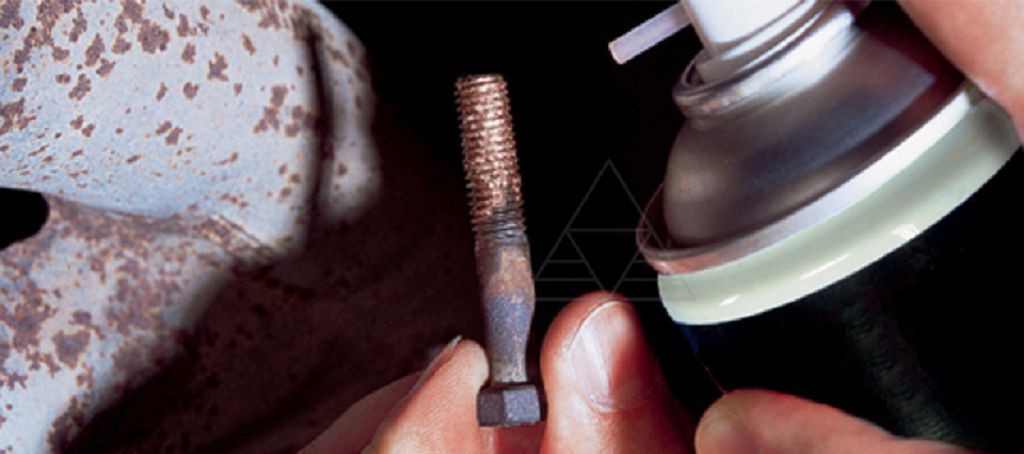


UNIVERSAL GREASES
Lubricants are intended for use in friction units where oil is not retained or it is impossible to ensure continuous replenishment of the stock.
lubricants are a special class of lubricants that are obtained by thickening lubricating oils (dispersion medium) with solids (dispersion phase), forming a structural framework, in the cells of which a liquid dispersion medium is retained. To improve the performance properties, additives for various functional purposes and solid additives are introduced into the lubricants.
The composition of the grease is divided into four groups.
- Soapy.
- Inorganic.
- Organic.
- Hydrocarbon.
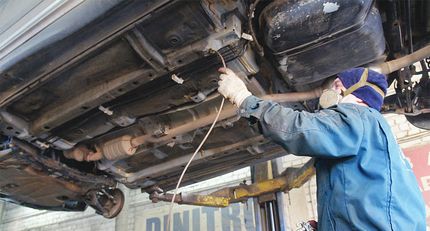


MINERAL AND SYNTHETIC OILS
Mineral oils are a product of the distillation of fuel oil. There are also mineral oils that are made from industrial crops. The technology for producing mineral oils from petroleum products is very simple, therefore, mineral oils based on them are quite cheap. The positive qualities of mineral oils include stability, their effectiveness and a small destructive effect on parts.
In natural form, mineral oils are practically not used. They have good lubricating properties only in the “room” temperature range or with various additives. The additives increase the anti-corrosion, anti-wear and detergent properties of mineral motor oils. It should be noted that the task of modern engine oils is not only to reduce frictional resistance, but also to clean engine parts from fuel combustion products.
Under the influence of elevated temperatures, additives in mineral oils burn out, and at low temperatures mineral oils are very viscous, which complicates the operation of mechanisms. It was possible to eliminate these two drawbacks in synthetic oils.
This substance is obtained as a result of the synthesis of molecules. Synthetic oils are much less dependent on external factors and are more stable during operation. It is enough just to analyze the engine operation cycles in order to determine the temperature interval in which the engine oil has to “work” from cold start to afterburner in extreme conditions. In order for the engine to work equally well in all these modes, high-quality synthetic oil is required.
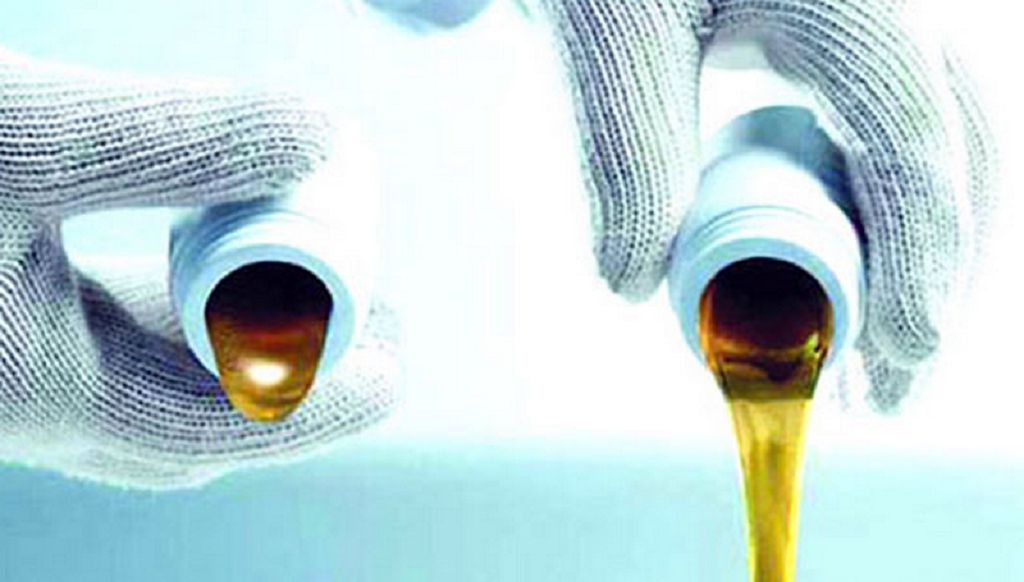


DISTILLED WATER AND DEMINERALIZED (OSMOSIS) WATER OF ANY CONCENTRATION
Distilled water is technologically demineralized water with the help of a distiller with a specific electrical conductivity of not more than 5 μS / cm, corresponding to the standards in accordance with GOST R 58144-2018, GOST 6709-72, GOST 9.314-90 of purification category 3. Produced by distillation methods (possibly repeated) and / or reverse osmosis and ion exchange (in accordance with the new GOST R 58144-2018).
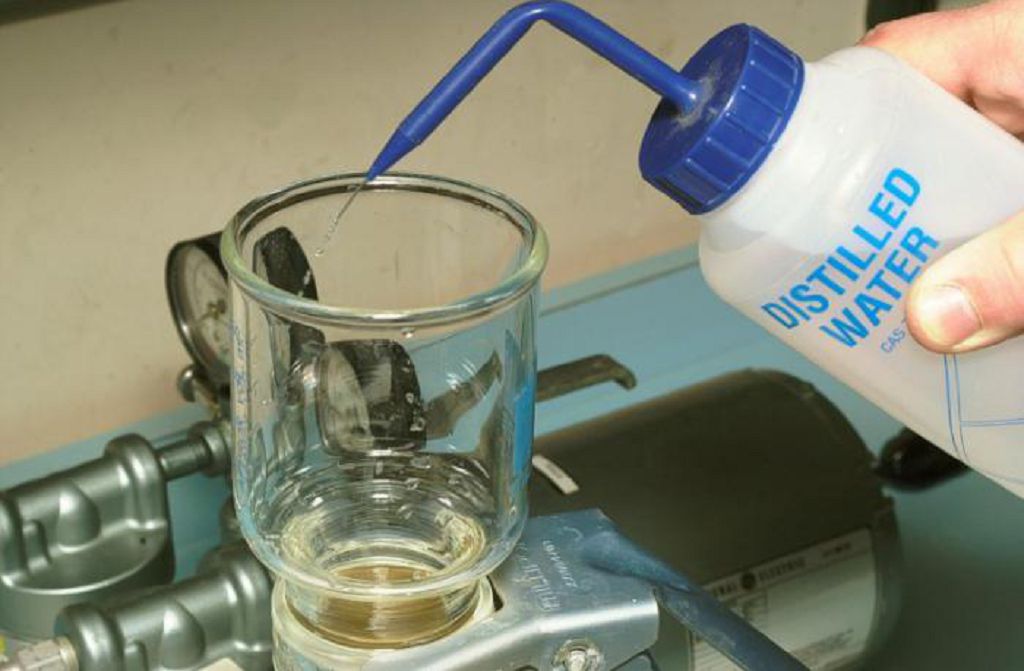


FOOD AND INDUSTRIAL DETERGENTS
Industrial detergents differ in their purpose: for regular cleaning, for cleaning stubborn dirt or, for example, for disinfection. They are supplied as concentrates. This, on the one hand, increases the efficiency of using the detergent, and, on the other hand, allows the preparation of solutions of different concentrations, depending on the specific need. Detergent is applied either manually or using special washing equipment.
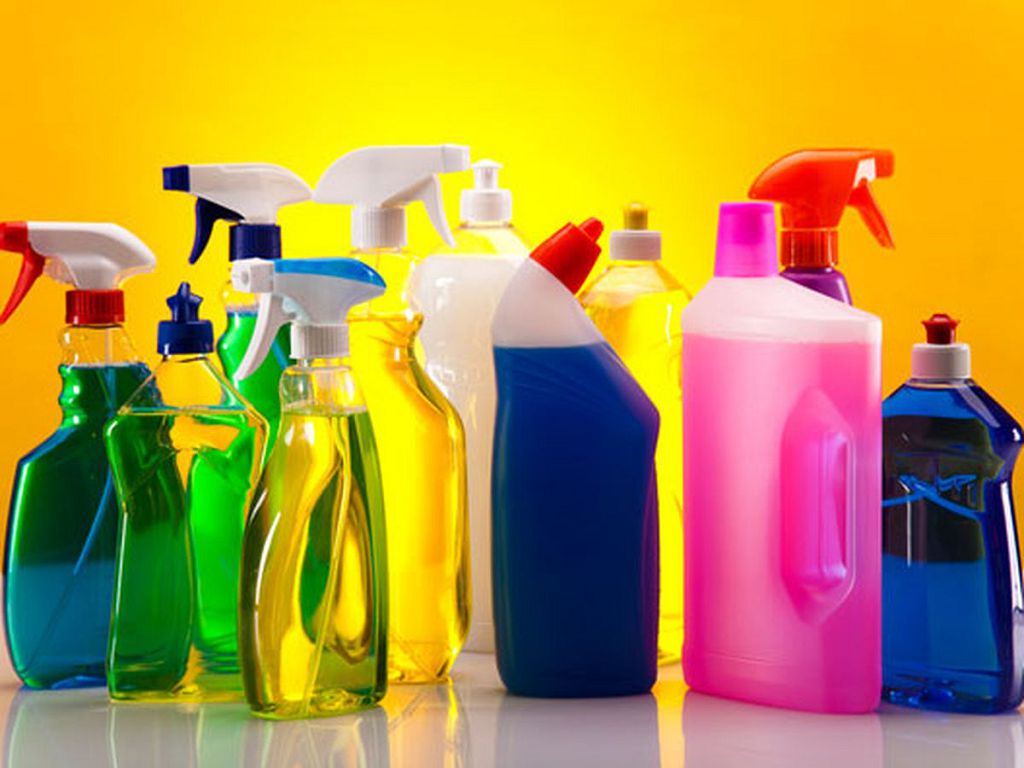


COOLANT LUBRICANT AND PROCESS FLUIDS
Cooling lubricant (coolant) is a special substance used in the operation of metal processing machines. Each technological process of a lathe or milling machine is accompanied by friction, which can lead to deformation of the workpiece, breakdown of an expensive machine or its part, and a change in the mechanical properties of the metal.
The main purpose of cutting fluid for metalworking is to separate surfaces that are exposed to friction and to reduce the temperature of the tool. This fluid forms a lubricating film on the working surfaces, which reduces the frictional force and the force required for cutting. The introduction of special additives into the composition of the product simplifies the cutting process – liquid molecules quickly penetrate into microcracks on the metal surface and, as it were, drive a wedge between its particles.
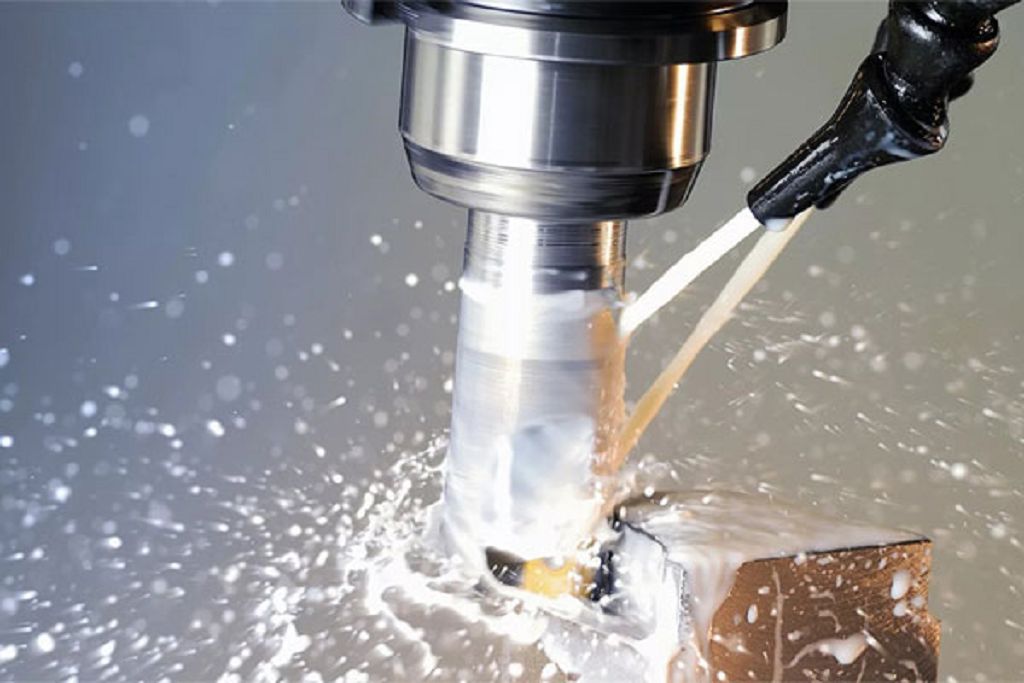


CHEMICALS FOR AGRICULTURE
Fertilizers and chemicals for agriculture are becoming more and more diverse every year. All kinds of combinations of organic and inorganic chemicals make it possible to create preparations that are ideally suited to the needs of certain plants or soil. Other fertilizers and chemicals for agriculture are quite versatile, usually they tend to be used on small private farms that do not have a strict specialization in growing only one type of product.
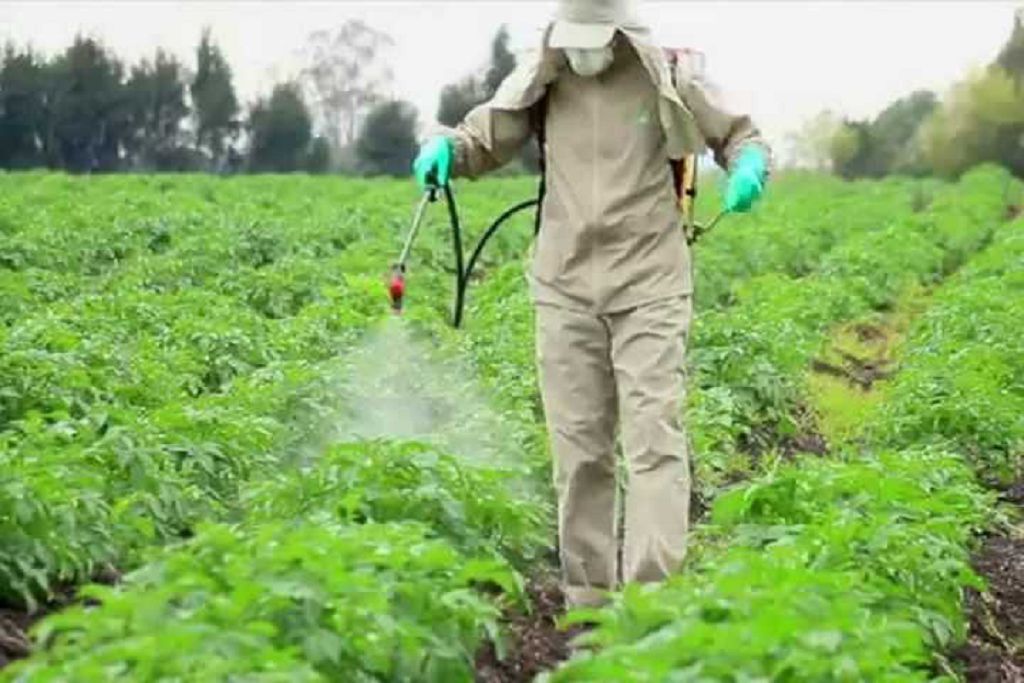


CHEMICALS
Chemical reagents (chemical reagents) – chemical preparations intended for chemical analysis, research, various laboratory work. In most cases, chemicals are individual substances; however, some mixtures of substances (for example, petroleum ether) are also referred to as reagents. Sometimes reagents are called solutions of a rather complex composition for special purposes (for example, Nessler’s reagent – for the determination of ammonia).
